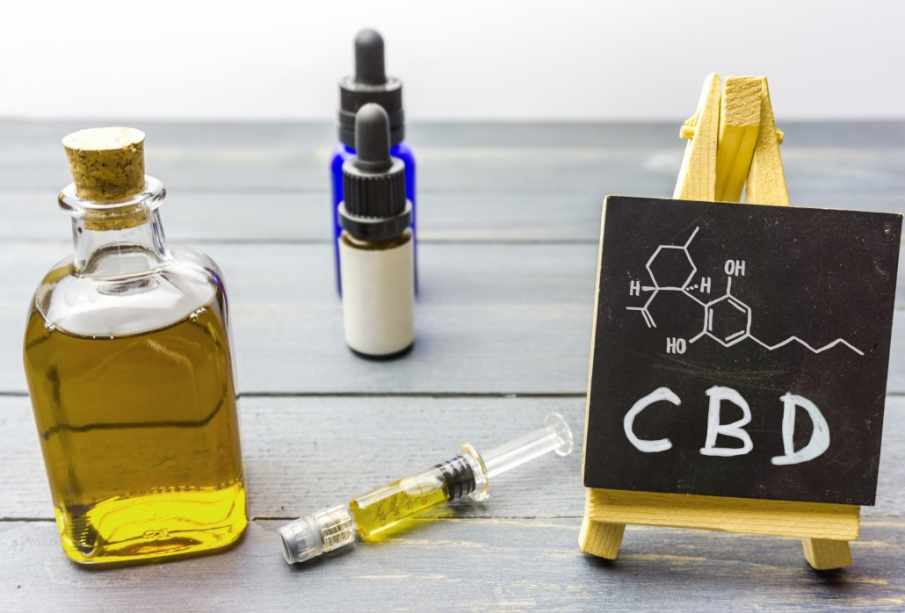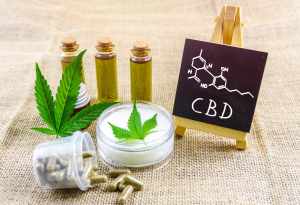CBD Oil: Extraction Methods and Process

It’s a fact: CBD oil extraction can improve your daily life. Due to its healing properties, it is a natural alternative for pain and symptom relief. How is this super-product made?
CBD oil extraction has been studied for its potential role in easing symptoms of many common health issues, including anxiety, depression, acne and heart disease. For those with cancer, it may even provide a natural alternative for pain and symptom relief
The cannabis family contains numerous varieties of plants, including hemp. Hemp refers to a varian that has no side effects because it doesn’t contain significant amounts of THC, the chemical compound that has psychoactive properties and gives you the “high” feeling (people often confuse hemp with marijuana but they’re actually pretty different).
In that sense, hemp has an incredible amount of healing properties and that is why its compounds are used to make materials for medicinal purposes (like relief from pain and anxiety, among others).
CBD, short for cannabidiol, is one of these natural chemical compounds. After the extraction from the plant, CBD is often used to make various products, including CBD tinctures, CBD oil, gummies, capsules and topicals, among others.
Read above and find out what happens in the transition from the hemp plant to CBD oil, a product you can actually buy.
Extraction methods
Making a CBD professional product is actually quite an in-depth and complicated process, it requires specialized techniques to ensure the quality and purity of the CBD finished product.
The extraction is the process that separates CBD from other plant compounds and it can be made through various methods. The most common are carbon dioxide, steam distillation and hydrocarbon or natural solvents, and of course, there are pros and cons to each technique.
- Steam distillation
This technique uses heat in a form of steam to break the essential oil free from the plan material. The biggest advantage of steam distillation is that it’s simple, however it’s quite inefficient. Important oils are left behind and the steam heat can damage some CBD properties.
- Solvents (hydrocarbons or natural)
This is a step above steam distillation in efficiency, complexity and cost. It uses a solvent rather than water to separate CBD from hemp. The solvents react with the plant causing the CBD oil to be removed from it.

Alcohol or vanilla extract serve as great natural solvents for hemp, while hydrocarbon solvents (petroleum, butane or propane, among others) create cause for concern.
Unfortunately, these solvents may alter the flavor, extract harmful substances and may not be safe for human consumption due to its toxicity.
However, in comparison with other techniques, using the right mix of high quality solvents and mechanical process this method could be an effective way to extract many heat-sensitive oils that would be damaged by the excessive heat of steam distillation, for example.
- CO2 (Carbon dioxide)
This is the most regularly used extraction method in the herbal supplement, medicinal and food industries, because of its safety and effectiveness (the quality of the end product it’s excellent and doesn’t contain toxic by-products!)
Simply put, CO2 acts like a solvent at certain temperatures and pressures but without the dangers associated with solvents (when the process is done by professionals).
The process is quite expensive, because it involves specific equipment which freezes the CO2 gas and compresses it into a cold liquid state.
What happens after CBD is extracted from Hemp?
Once CBD is extracted from hemp, there is another step to get to a consumer level product: the process of winterization. This technique removes impurities and undesirable elements from the extraction process, such as fats, lipids and waxes to make a clean product.
Simply put, winterization is a process that transforms crude oil into purified oil. The pure CBD has to be combined with ethanol and then is freezed. The impurities chemical compounds solidify and fall out of the solution, which is then passed through a filter. The final step is removing the ethanol from the product.
CBD products
As the CBD oil market continues to expand, there is an increasing demand of various types of CBD oils made from CBD extract, depending on their intended use (it’s important to know them before buying!).
The main three CBD oils that are sold on the market are: isolate (THC-free alternative, a pure CBD, without other compounds), full-spectrum (has all the natural compounds found in the hemp plant to maximize the medicinal benefits of CBD, including trace amounts of THC, but under 0,3%, so it doesn’t produce psychoactive effects) and broad-spectrum (it contains about 80% or 90% of CBD and no THC).







